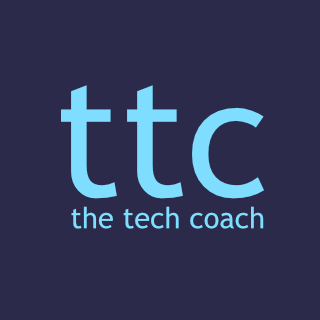Ed Tech I’m Using
Busy shapes – I was checking out for my brother’s kid, who is 3 years old. The point of the app is to teach about shapes. You click and drag on different shapes and then drop them on top of the same shaped hole. If you get it right, it says the name of the shape! There is a free and paid version of the app, I did not splash the £3 for the paid version though 🙂
AI I’m Exploring
I came across Perplexity AI after listening to This Week in Startups.
Perplexity AI looks like other chat agents, so I asked it to summarize what sets it apart from POE and GPT, and this is what it came up with.
| Feature | Perplexity AI | POE | ChatGPT |
|---|---|---|---|
| Training Data | Large language model | Multiple text-generating AI models | Large language model |
| Platform | Standalone platform | iOS app and desktop platform | Available through Quora’s Poe platform |
| Integration | Not integrated with other AI models | Integrated with multiple AI bots, including ChatGPT | Integrated with Quora’s Poe platform |
I did let it know that POE is also now available as an Android app!
Teaching Practice I’m Trying
It’s the summer vacay but just finished reading High Impact Instruction by Jim Knight (legend), and I fully intend to use a bunch of his community-building instructional strategies – see my previous post on Knight’s work, with some infographics that you can use for free.
Media I’m Consuming
Dan Pinks’ Ted Talk back in 2009 – In this short Ted talk from Dan Pink, he discusses intrinsic and extrinsic motivation. Too many current business practices are built around extrinsic motivation tools (e.g. financial incentives), and not intrinsic ones. The extrinsic motivators do not work for complex work, or even tasks requiring ‘rudimentary’ cognitive tasks. However, extrinsic motivation tools are shown to be beneficial for straightforward, often mechanical skill-based tasks that have easy-to-follow instructions or steps, with a clearly defined outcome.
The best way to motivate your people involved with complex knowledge work is through Autonomy, Mastery, and Purpose (AMP).
Pink points out that management is good for compliance. Self-direction is necessary for engagement.
To great the conditions for autonomy you need to build in skunkworks time for your team to work on their interests, e.g. Atlassian, Googles 20% rule, or 3M’s 15%. The case he brings up about Atlassian is fascinating. They give their people 20% of their time to complete tasks that are outside of the remit of their jobs (satisfying the need for autonomy), but, they must present on what they have learned the very next day (accountability). In my opinion, this is an excellent way to build autonomy with accountability. Moreover, he says that financially incentivising people to work in complex industries i.e. financial services, has a most detrimental impact on the outcome. He references the encyclopedic endeavour Encarta, hugely invested in my Microsoft, only to be replaced by a Wikipedia, that was run and moderated for free by the public.
Things I’ve Learned
Threads is a bunch of fun!
The String I’m Pulling
I have not started by independent research project, which is a ton of work. Big shout out to Andy Stapleton and his amazing tips on some research AI-assisted websites such as:
- Elicit – it can find relevant papers based on your input.
- Litmaps – creates maps connecting other pieces of research.
Thanks to Litmaps, I was able to identify and trace some of the seminal papers on collaboration amongst teachers aka J Little.
Quote, I’m Pondering
There is a mismatch between what science knows and what business does – Dan Pink.
